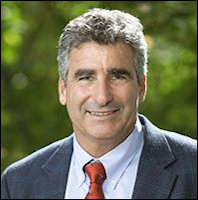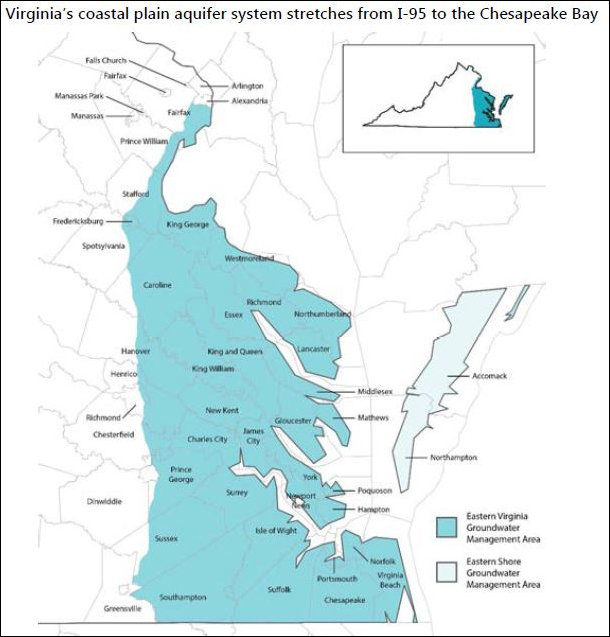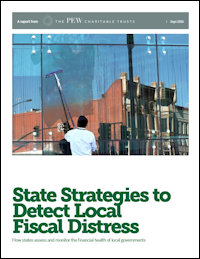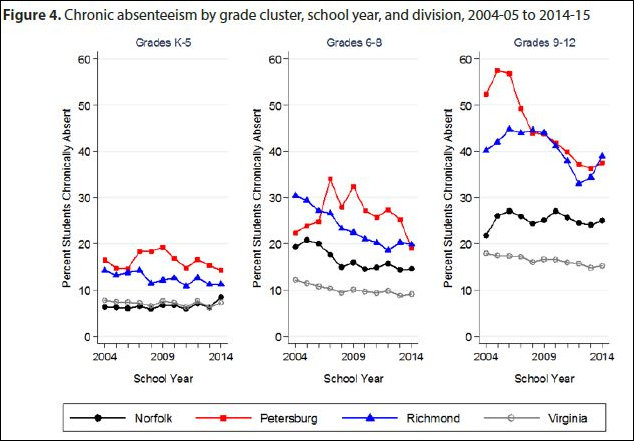
Douglas Muir
by James A. Bacon
Narrowing the realm of politically acceptable speech, not only on but off the grounds, the forces of political correctness at the University of Virginia have compelled adjunct professor Douglas Muir to take leave from teaching positions at the School of Engineering and Darden School of Business. Muir’s offense: comparing the Black Lives Matter movement to the Ku Klux Klan.
Muir caused a stir when he added a comment to a Facebook post by Charlottesville real estate agent Roger Voisinet. In the comment, Muir stated, “Black lives matter is the biggest rasist (sic) organisation (sic) since the clan (sic). Are you kidding me? Disgusting!!!”
When Charlottesville City Councilman Wes Bellamy heard about Muir’s comment, according to the Daily Progress, he wrote, “How can you compare people standing up for justice to the KKK, who have unapologetically hung many African-Americans? They are outright and blatantly racist, and when you look at Black Lives Matter, that’s white people, Latino people, Asian people and young and old. … Comparing that to the KKK shows me how culturally incompetent some people can be. It shows me how much work we need to do in this country.”
As the furor gathered momentum, engineering and business school officials released statements denouncing Muir’s Facebook comment. Said Craig E. Benson, dean of the engineering school: “While free speech and open discussion are fundamental principles of our nation and the University, Mr. Muir’s comment was entirely inappropriate. UVA Engineering does not condone actions that undermine our values, dedication to diversity and educational mission. … We believe humanity will not solve its ongoing challenges unless it embraces the ideas and talents of people from diverse backgrounds and perspectives.”
The circumstances of Muir’s departure are uncler. However, Benson’s statement that “Mr. Muir has agreed to take leave” implies that university officials asked him to step down from his teaching positions.
Bacon’s bottom line: Let me make one thing crystal clear — I do not agree with Muir’s comment. I am not a fan of Black Lives Matter but I would not characterize the movement as “racist.” At the same time, I object to the hysteria over his comment and find it frightening that a comment made in a forum outside the university classroom would lead to his ouster. Purging him for his thought crime — and let’s be honest, that’s exactly what his offense was — declares that the views of a large swath of the populace are so illegitimate that they cannot even be expressed. Such an approach does not change anyone’s heart: It drives incorrect thinking underground and breeds bitter resentment.
I had hoped that the University of Virginia would resist such campus totalitarianism, but the tenor of the times has reached such a fevered pitch that Mr. Jefferson’s University has declared some views to be literally unspeakable.
Before I take a closer look at how the university is shutting down free speech and intellectual diversity, let me repeat that I do not agree with Muir’s statement that BLM is “racist,” much less the most racist organization since the KKK. BLM arose in response to a legitimate concern: the excessive use of police force against African-Americans and the unequal impact of the criminal and civil justice system. All Americans, including conservatives, libertarians and others who hold civil liberties dear, should oppose unjustified police force. All Americans should oppose racial discrimination in criminal sentencing, and all should be disturbed by the debilitating impact of court fines and penalties on minorities and the poor. These issues received insufficient attention in the past, and BLM deserves credit for bringing them to the public’s attention.
However, there are good reasons why many Americans dislike BLM. Rather than acknowledging the complexity of the issues– to pick one example, the fact that many African-Americans lobbied for harsher penalties against crack cocaine in the 1990s when it was tearing apart black communities — BLM has taken the hard-leftist position that all perceived injustices are the result of a deeply racist system, that broader society is deeply racist, and that anyone who disagrees with its leftist critique and prescriptions themselves are racists. The movement (aided by the media) has created an exaggerated sense of injustice by assuming police guilt before all the facts are known; often the facts have either exonerated the police or showed the circumstances to be more ambivalent that initially believed. BLM rhetoric also has stirred up animosity that encourages some African-Americans to resist the police, thus creating more potentially violent confrontations and inspiring police to back away from engagement in some inner-city neighborhoods — the so-called Ferguson effect — which in turn has fomented a sense of lawlessness and a spike in black-on-black murder.
Does all that make BLM “racist,” as Muir suggested in his comment? No, I don’t believe it does. BLM is a coalition that encompasses people from all races who are combating what they perceive as racism, and their express goal is to purge the system of racism. (One can argue the degree to which BLM beliefs are grounded in reality, and one can point out the unintended consequences of its rhetoric without labeling it racist.) So, I would say that Muir’s comment was unfounded and a distraction from the real issues.
But was his throw-away comment, made in an online forum unaffiliated with the university so reprehensible that it should cost him his job teaching entrepreneurship? That’s a very different matter.
First, I would suggest that Muir’s views are hardly exceptional. According to the Pew Research Center, “All told, 43% support the movement. … About one-in-five Americans (22%) oppose the movement.” (My italics.)
By denouncing Muir, university officials are saying that the views of one-fifth of the American people are so beyond the pale that the mere expression of them is sufficient grounds for losing their job. Did Muir even bring this personal view into the classroom? I have seen no evidence that he did. Nor have I seen any evidence presented that his personal views affected his teaching or his interaction with African-American students. Maybe such evidence will surface, but I haven’t seen it, and such evidence was not needed to fuel the hysteria leading to his ouster.

UVa Provost Tom Katsouleas
Look how senior UVa administrators framed the issue. Provost Tom Katsouleas felt moved to issue an October 7 statement that Muir’s statement “on his personal Facebook page” is “inconsistent with the University of Virginia’s values and with its commitment to the principles of academic freedom.”
I dare say that in an institution of 15,500 faculty and staff, many employees have made provocative and ill-considered statements on their Facebook pages and other online forums — some from a leftist perspective as well as that of the right. But this is the first time (in my recollection) that a university Provost felt compelled to single one out for condemnation. Katsouleas went on to say:
The University of Virginia stands firmly against racism and social injustice of any kind. Our mission statement offers “our unwavering support of a collaborative, diverse community bound together by distinctive foundational values of honor, integrity, trust, and respect.” This position in no way squelches academic freedom, which welcomes dissent and encourages the voices of others whose perspectives may differ from ours — thereby adding new insights to our own. But statements such as Mr. Muir’s do not foster intellectual exploration, nor do they encourage the voices of others.
Our own School of Nursing puts it best: “Compassion and respect live here.” We can engage in healthy debate and respectful disagreement without offering insults that suppress the free expression of ideas. I encourage all of us to keep respect and truth at the center of the conversations we will have about this incident in the coming days.
Continue reading →
 by James A. Bacon
by James A. Bacon


 by James A. Bacon
by James A. Bacon
 by James A. Bacon
by James A. Bacon

 by James A. Bacon
by James A. Bacon



